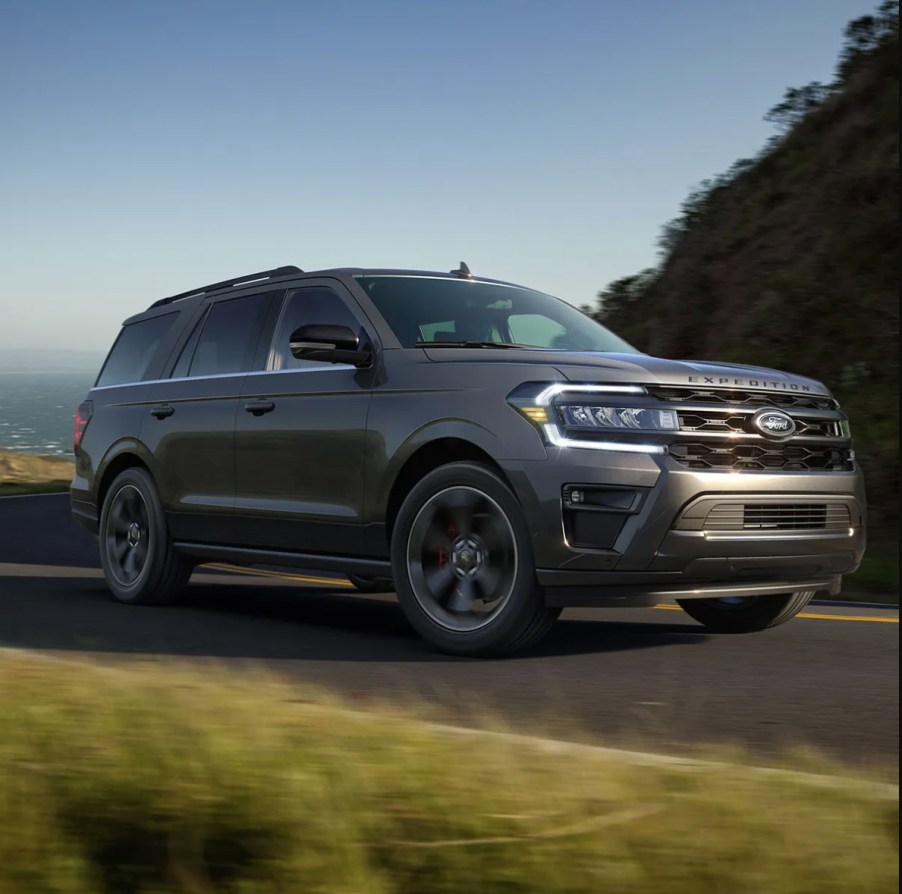
Myth Busting: Just Because an SUV Is Bigger Doesn’t Mean It’s Safer
Size matters! Bigger families need bigger SUVs to haul all of their kids, pets, and stuff around. Some people opt for larger SUVs because they think they’re safer options for themselves or their kids. However, this isn’t always the case.
Are larger SUVs safer than smaller ones?
In some cases, going for the biggest and heaviest SUV on the lot can provide a safer ride for yourself and your passengers.
Because larger SUVs are longer and heavier, they often have a larger crumple zone between the front bumper and cabin, allowing the SUV to absorb more impact force. Plus, heavier vehicles will push smaller vehicles during collisions.
But automakers have been reducing the risk for smaller cars against large trucks and SUVs by lowering the energy-absorbing structures to line up with the ones in cars.
So, a smaller SUV like the Ford Explorer has a disadvantage if it’s involved in an accident with something larger, like the Ford Expedition.
But when hitting a wall, tree, or other structures, bigger SUVs can be more dangerous. For example, during the front overlap test, the Insurance Institute of Highway Safety found that the A-Pillar separated from the frame of the Expedition.

The Expedition received a marginal rating for the test, which is the lowest score possible, while the smaller Explorer received a Good rating. Good is the highest score possible.
Also, bigger SUVs tend to have a higher rollover risk. You’ll want to stick closer to the posted speed limit in larger vehicles.
If an SUV is bigger, then it has more space to implement safety equipment. However, the Explorer’s side airbags failed to deploy during the front overlap test.
Data shows that cars and SUVs are both getting safer and the amount of vehicular deaths per year is decreasing. It’s clear that more people are likely to die in accidents involving smaller cars than larger SUVs.
However, these studies don’t account for vehicle safety improvements, safer driving laws, and how driver behavior has been changing over the past few decades.
Minivans actually have the lowest rate of vehicular deaths per 10 billion miles, but people could be more focused on safely driving with kids in the back. Also, minivans are lighter than SUVs.
The Toyota Sienna can weigh up to 4,610 lbs and the Toyota Sequoia can weigh up to 6,185 lbs. So, while larger SUVs can be safer, it depends on your driving habits and what type of accident your vehicle is involved in.



